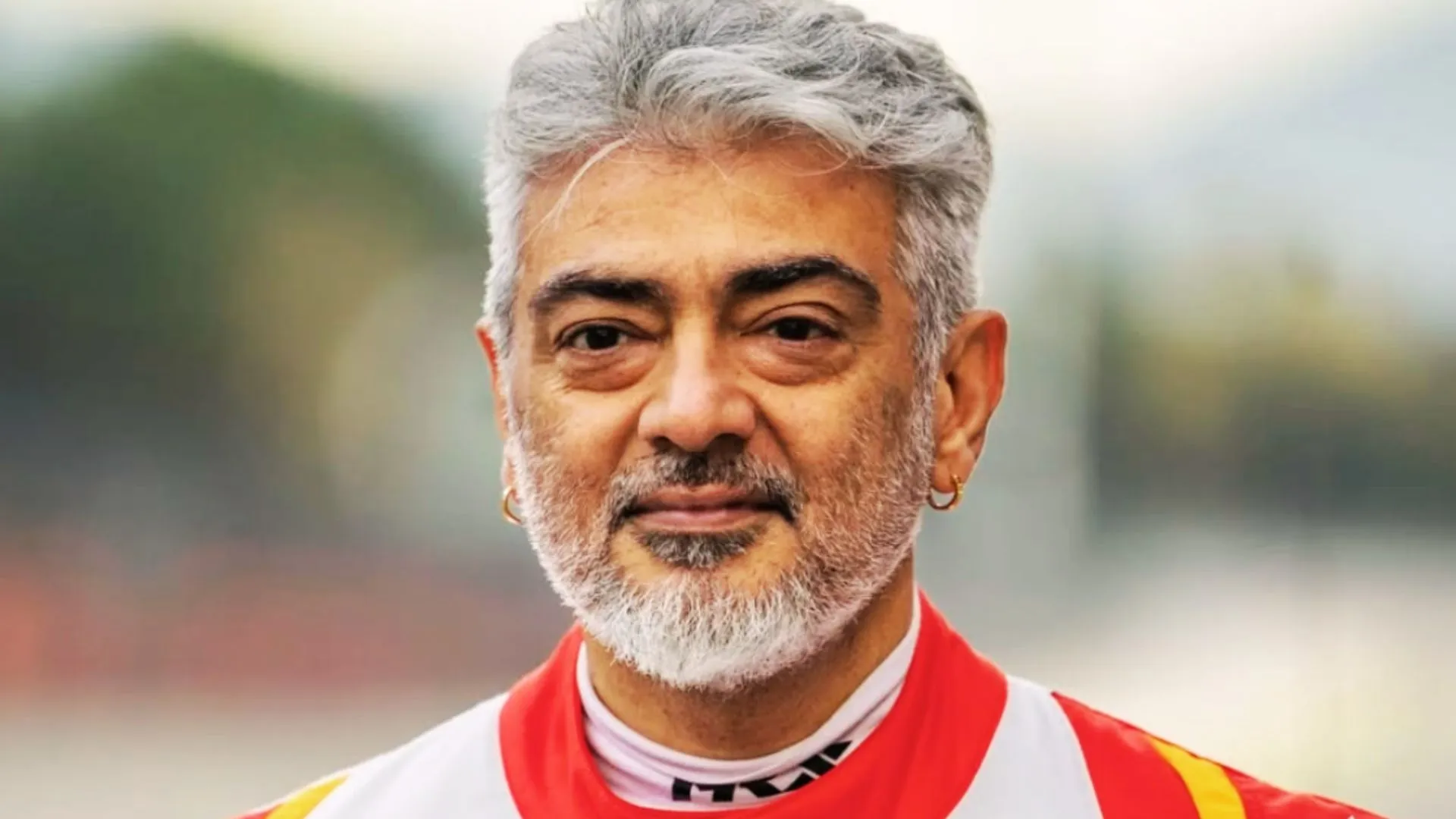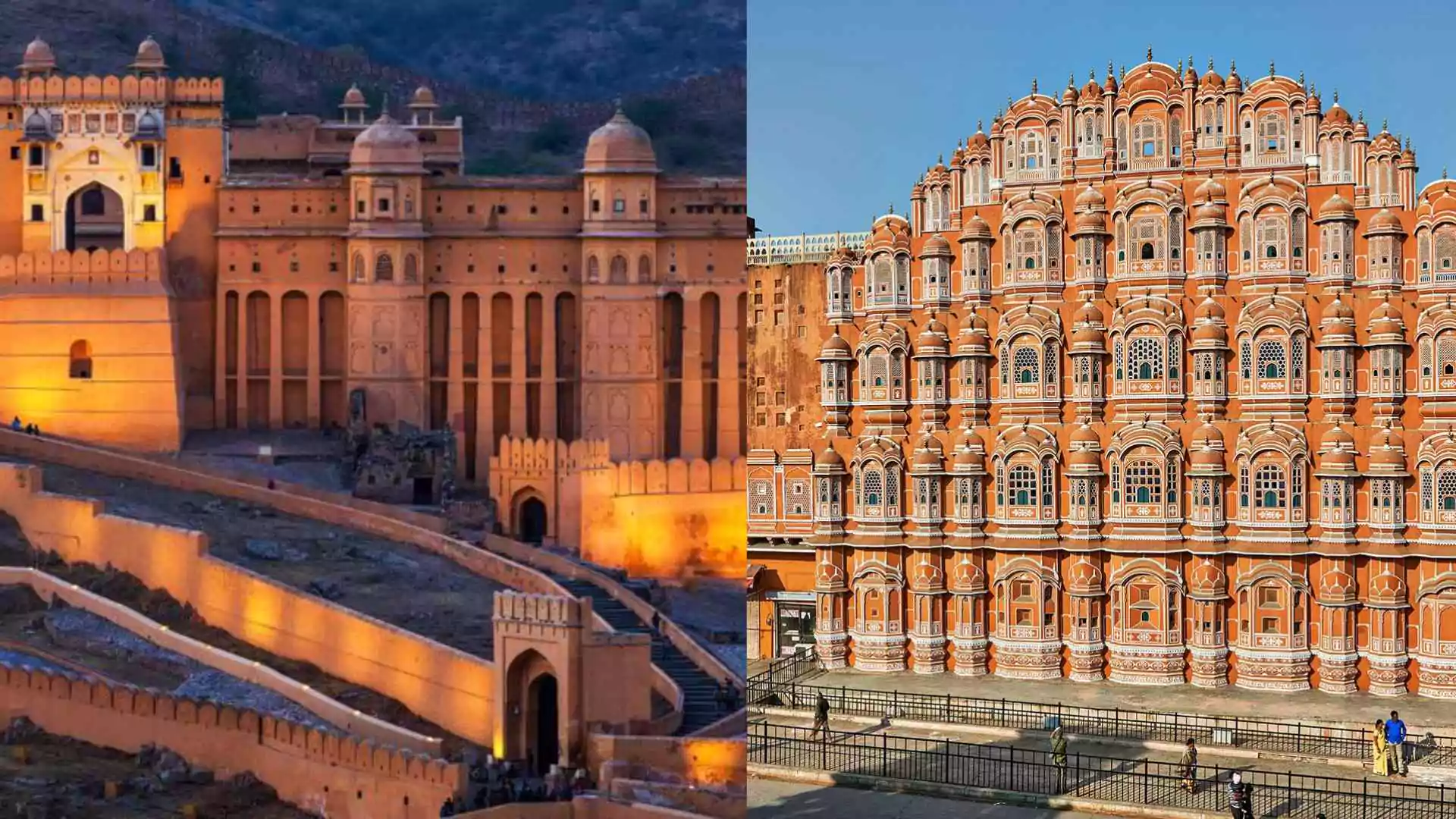With voting for the Delhi elections now complete, all eyes are on the counting process. The first results are expected from the Delhi Cantonment (Delhi Cantt) constituency, as seats with fewer counting rounds declare results sooner than larger constituencies.
How Are Votes Counted?
The vote-counting process follows a round-based system. Constituencies with more rounds will take longer to announce results, while those with fewer rounds will be quicker.
Delhi Elections Results: How Is the Number of Rounds Determined?
The number of counting rounds for each constituency depends on the number of polling stations. Typically, each assembly seat has between seven to fourteen counting tables. Each table processes votes from one polling booth at a time.
For instance, if a constituency has 200 polling booths and ten counting tables, the process will be completed in 20 rounds. Based on this calculation, Delhi Cantt is expected to conclude its counting in approximately eight rounds. On the other hand, larger constituencies such as Vikaspuri, Matiala, and Burari will require over 25 rounds, leading to a longer counting time.
Delhi Elections Results: When Are EVMs Opened?
The vote-counting process begins at 8 AM, but the first 30 minutes are dedicated to counting postal ballots. The Electronic Voting Machine (EVM) counting commences at 8:30 AM while postal ballot counting continues simultaneously.
As per regulations, postal ballot counting must be completed before the final EVM counting round begins. If postal ballot counting remains incomplete, EVM counting is temporarily halted until all postal ballots are processed.
According to the Election Commission, the first result is expected around 12 PM, while the final election outcome could be announced by 6 PM.
Once EVM counting is completed, Voter Verifiable Paper Audit Trail (VVPAT) slips from five randomly selected polling booths will be cross-verified to ensure accuracy.
Ensuring EVM Security
To maintain the integrity of the counting process, EVMs are securely stored in a strong room within the counting center premises. Before counting begins, the strong room is opened under the supervision of contesting candidates.
A restricted corridor is designated for transporting EVMs from the strong room to the counting tables. Only authorized personnel are permitted access to this area, which is monitored by CCTV cameras. The entire counting process is conducted in the presence of candidates or their appointed counting agents.
Once all rounds of counting are completed and candidates agree on the results, the final election outcome is officially declared. In case of any disputes, a provision for vote recounting exists. After the final result is confirmed, the Returning Officer issues a certificate to the winning candidate, making the result official.
With a well-structured counting process in place, election officials ensure transparency and accuracy in determining the final verdict of the Delhi Assembly elections.
Also Read: Arvind Kejriwal, Manish Sisodia Now Take Leading As Delhi Election Voting Continues























